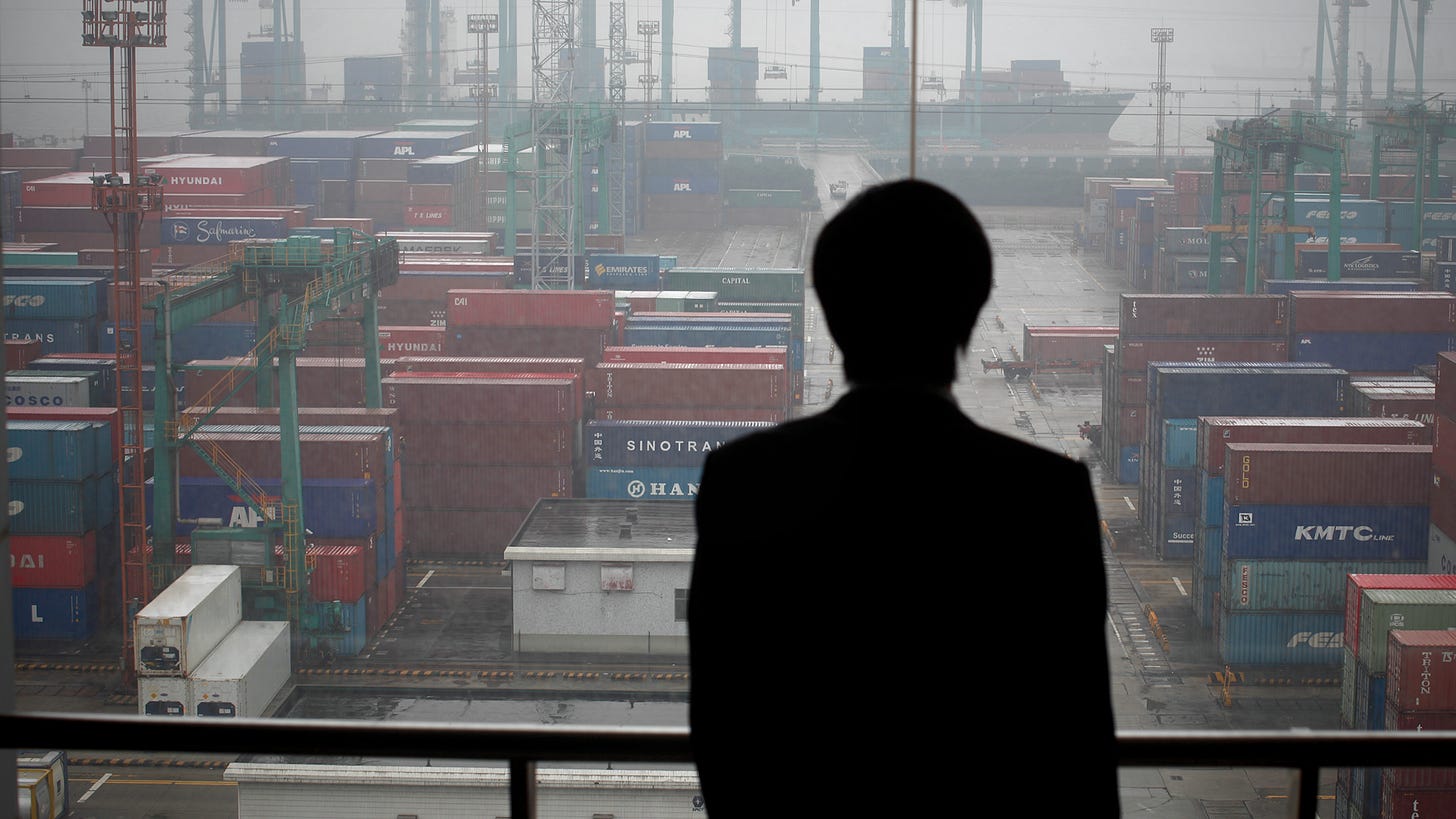The Changing Face of Supply Chain Leadership
What CSCOs Must Get Right in 2025
Let’s be honest, being a Chief Supply Chain Officer (CSCO) is not easy, but in 2025, it seems to be more like trying to walk a tightrope in a hurricane. The world has changed dramatically and supply chain executives are not only managing the logistics but are also setting the corporate strategy, handling geopolitical risks, and driving digital transformation.
The following is a key conclusion from Egon Zehnder’s 2025 Chief Supply Chain Officer Insights Report: CSCOs are now central to business survival and growth. Nonetheless, many are failing to meet the ever-growing list of expectations. It is not just about the movement of goods but it is about the future of entire organizations.
The CSCO: From the Backroom to the Boardroom.
Supply chain management was not considered a strategic function in many organizations in the past. Today, 72% of CSCOs report to the CEO. It is not just a title change, it is a change in power and responsibility. CSCOs are no longer just operational leaders, they are corporate strategists, risk managers, and in some cases, potential CEOs.
But here’s the kicker—although supply chain leaders are now getting a place at the board, they are also handling more than they ever have. Trade wars, inflation, supply shortages, tech disruptions, climate regulations—you name it, they’re dealing with it.
The Worst Headaches in 2025
The report points out a “perfect storm” that is about to happen in the supply chain management field. Here are the three biggest challenges CSCOs are facing:
Geopolitical Uncertainty – The global trade is not static. Tariffs, protectionist policies and supply chain decoupling are stalling operations. CSCOs are trying to build the supplier network, revise the global structure, and design resilience into the supply chain—although let’s face it, not many were expecting such a level of shock.
The Talent Drought – Where is the talent to support the digitization of supply chains? Digital transformation is one of the top priorities of every CSCO, but many of them admit that they do not have the people, skills, and culture to enable it. It is difficult to hire digital native talent, and re-skilling the existing teams takes time – something that most of them do not have.
Technology vs. Reality – Integrating legacy systems with AI, automation, and data analytics is a nightmare. Many CSCOs are realising that while technology is necessary, the challenge lies in getting people and processes to work with it. As one CSCO put it rather forcefully in the report, _“The technology is the easy part; the hardest part is getting people to actually use it”_.
What CSCOs Need to Focus on Now
What should supply chain leaders focus on in 2025? There are three things that the best CSCOs are paying their attention to:
✅ Operational Excellence – Cost pressures are not going to disappear so efficiency and resilience are more important than ever. Only 40% of CSCOs participate in the survey and state that cost control is their most important issue, but the best of them are not just cutting expenses but also optimizing supply chains for better flexibility.
✅ Digital Transformation – AI and machine learning will be the most significant shift over the next five years for 81% of CSCOs. But here’s the thing – AI will not resolve inadequate processes or outdated approach. The best leaders are implementing data-driven decision-making, automation, and supply chain visibility – but they are also ensuring that their teams are prepared for these tools.
✅ The Right Leadership & Culture – Let’s forget about supply chain silos. The future-ready CSCOs are integrating operations, IT, and commercial teams. We are bringing in digital talent, building partnerships, and changing the supply chain management philosophy to encourage creativity rather than discouraging it.
The Future of Supply Chain Management Leadership.
This is where supply chain leaders are rising to the occasion like they never have before. Some of the current CSCOs will become the next CEOs. The abilities that distinguish a good supply chain leader – resilience, risk management, cross-functional leadership, and commercial acumen – are exactly what is required at the apex of the corporate ladder.
But let’s not paint a rosy picture: this is an uphill battle. Supply chain leaders can decide to **innovate, incorporate technology, and transform their approach to leadership, or they can remain stagnant.**
Get the Full Report & Exclusive Podcast
Interested in finding out more about these insights? The full report is now available in our research and reports section.
🎙️ Short on time? Listen to the podcast where we explain the main points – available only to paid GSCC members in our podcast section.
What do you think? Are CSCOs prepared for the future? Let us know your thoughts in the comments! 👇



